Most Suitable Onion for Spaghetti Sauce
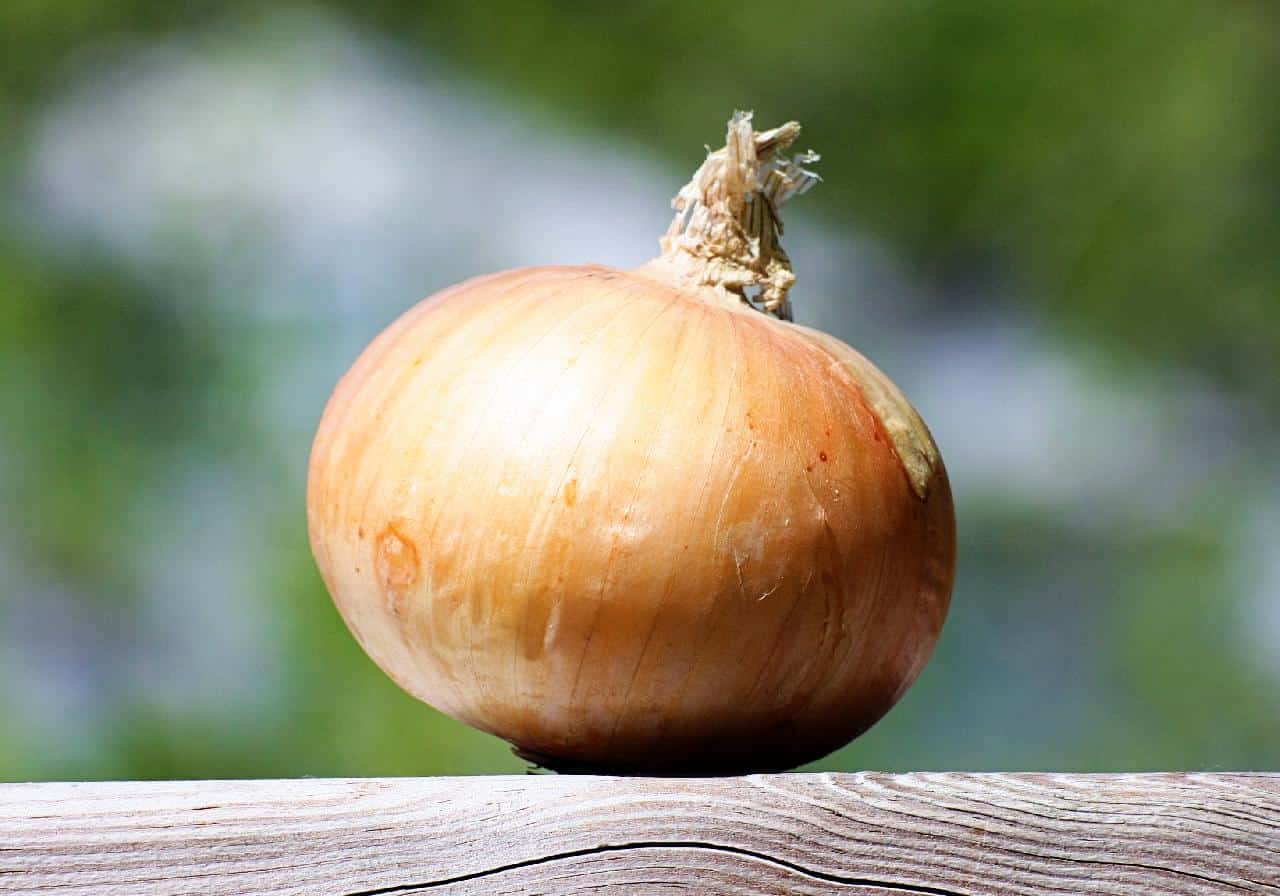
Even though onions are a popular element in many cuisines, we frequently add them to the pan when cooking our meal. They are, however, a fantastic and crucial foundation taste that can pull the rest of the elements together.
In traditional French cooking, for example, onions are usually included in the mirepoix,’ which is sautéed at the beginning of most sauces, stews, and soups and is even commemorated with its typical dishes such as French onion soup.
The issue is that most recipes currently do not indicate what type of onion is required or what is appropriate for that particular meal. This may lead you to believe that all onions are the same and make no difference in which one you use.
However, different onions have diverse tastes and properties that you may not know. Choosing the proper onion may dramatically improve the flavor of your meal and the quality of your cooking.
A simple tomato spaghetti sauce is an excellent illustration of how picking the perfect onion can improve the flavor of a meal.
Because a basic spaghetti sauce contains few components, choosing the correct onion may help produce a more nuanced flavor than just the taste of tomatoes. So, what is the greatest onion for a spaghetti sauce, I hear you ask? Let’s find out.
To demonstrate the relevance of onions in your recipes, let’s look at what makes a beautiful spaghetti sauce, how the proper onion may enrich your spaghetti sauce, and why you should think about the onions you use.
What type of onion do you use in your spaghetti sauce? Tomatoes are slightly sweet but harsh and acidic when it comes to the flavors of a tomato-based spaghetti sauce. The ideal onion to use is yellow or sweet.
By carefully sautéing and caramelizing the onion, you will balance out the acidic flavor of the tomatoes and provide a more mellow, rounded flavor to the sauce.
Spaghetti Sauce’s Best Onion
When selecting the proper onion for the recipe, it’s important to understand the distinct textures and flavors each onion may offer to your meal, as well as what each variety is typically used for.
1. Yellow Onion
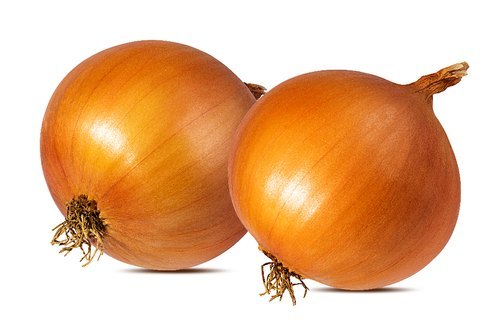
This is the most well-known onion, with white/yellow flesh, thin layers, and dry brown skin. It is seldom eaten raw since it has a strong astringent peppery flavor.
It is quite sweet when cooked due to its high sugar content and adds a fantastic caramelized taste and texture to recipes. It’s finest used in roasted meat recipes or as a flavored basis for sauces, soups.
2. Sweet Onion
It has thicker layers than a yellow onion but a similar high sugar content, yet it lacks the pungent flavour due to the low salt concentration.
These characteristics make it ideal for meals that call for a crunchier texture, such as onion rings, roast vegetable dishes. It’s also used in French onion soup to provide sweetness and texture to the thin broth.
3. White Onion
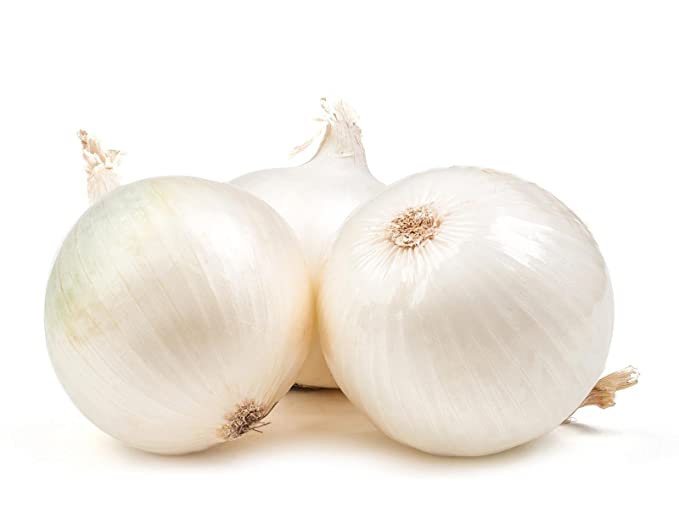
This onion is more uncommon with its striking white peel, although it is not always located in supermarkets. Because of its high water content, this onion is exceptionally crunchy and crispy. It is typically used in Mexican cookery and eaten raw in salsas, and it’s great for quick cooking, like a stir fry.
4. Red Onion
When a meal or recipe asks for raw onion, this is the onion to use. It has a slightly milder flavour than yellow or sweet onions, with a bitter aftertaste.
It’s also an excellent onion to use if you want to add some color to your cuisine. It’s delicious in dips like guacamole, salads and as a topping for burgers and sandwiches.
5. Shallots
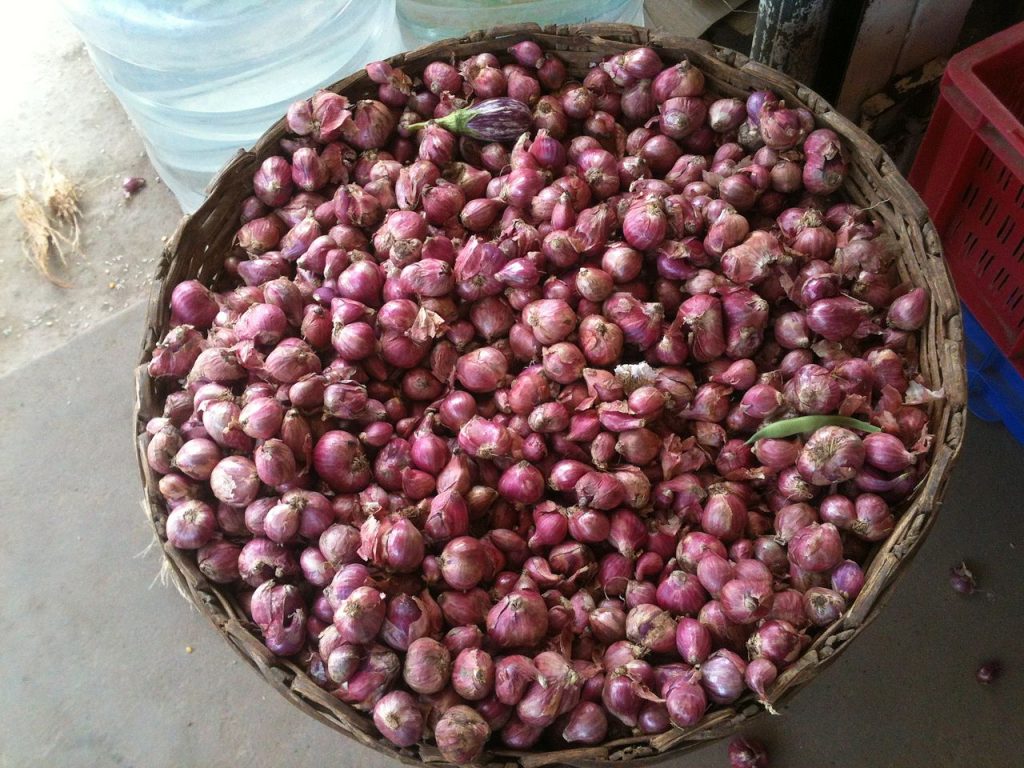
Shallots are related to garlic more than onions, yet they are often used interchangeably.
They have a taste similar to red onions but are employed in more sophisticated cuisine. It’s best used in vinaigrettes, salads, egg dishes, and a delicate garnish.
6. Spring Onion
These are infant yellow onions picked before the onions have fully matured, and this produces a much milder flavor and consumes the green tips.
Spring onions are frequently used in Asian-style cuisines such as marinades, salad dressings, stir-fries, or raw garnish. It is an excellent choice for adding rich color to a meal, like the red onion.
What is the best way to chop onions for spaghetti sauce?
There are several methods to chop an onion, and everyone you choose for your spaghetti sauce will depend on the type of texture required for the sauce and how prominent you want the onion texture to be in the meal.
A little caramelized thinly sliced onion will add a chunky spaghetti sauce without making it too thick to consume with thin spaghetti noodles.
Here’s how to neatly slice an onion the right way:
Cut the onion in half lengthwise, top to bottom.
The skin should be peeled and discarded.
Remove the tops of each piece but leave the ends connected.
This makes slicing easier.
Place one half of the onion, flat side down, on the cutting board. Thinly slice the onion into half-circle shapes using a sharp knife parallel to the onion.
Slices should be 1 to 2 millimeters thick. Continue until you reach the onion’s root. When you’re finished, throw away the root. – Rep to this procedure with the second half of the onion.
What onion is used in Italian food?
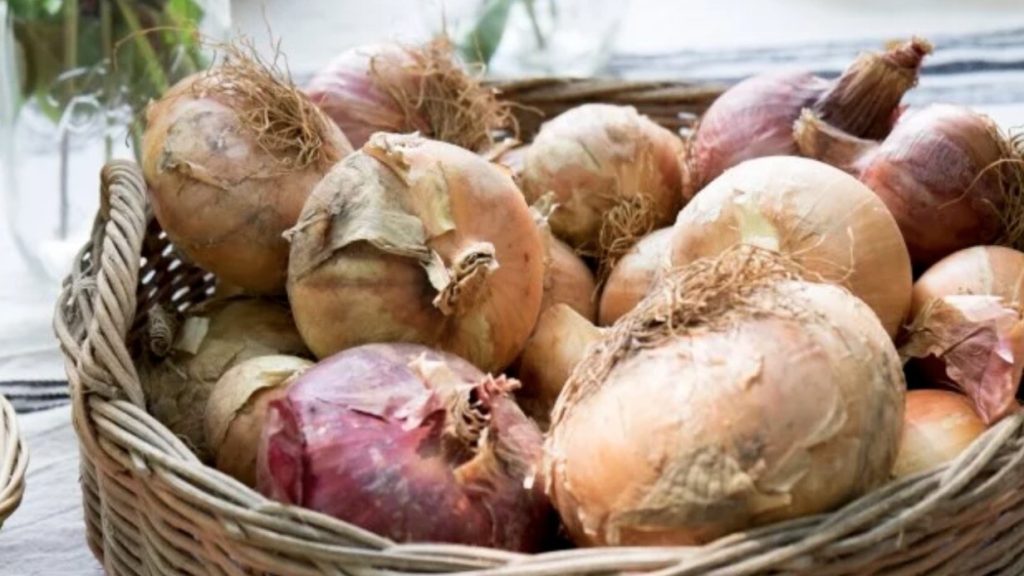
Yellow onions are used for cooking (i.e., sauces, soups, and stews). In traditional Italian cuisine, red onions are eaten raw and used in salads or garnishes.
Yellow onions are used in pasta or pizza sauces, rice dishes, and sauces for meat or fish. On the other hand, red onions would be utilized for bruschetta, antipasti, or pizza topping.
The Cippolini onion, translated as “small onion,” is a typical Italian cultivar.
These onions have a sweet, delicate flavour and are usually roasted whole or sautéed with butter and herbs as a tasty side dish.
It is advisable to use a yellow onion for a more genuine Italian spaghetti sauce.
It is advisable to use a yellow onion for a more genuine Italian spaghetti sauce.
How do you create a simple homemade spaghetti sauce?
Patience and patience are essential for producing a good spaghetti sauce. Allow the sauce to boil and simmer for a longer period than you may expect; Allow at least 30 minutes for it to cool.
This causes the tomatoes to shed water and become richer in taste, making the onions sweet and soft.
A wonderful spaghetti tomato sauce may be made using a number of recipes and ways. By combining fresh plum tomatoes, garlic, fresh basil, and, of course, a yellow onion to lend sweetness and depth to the overpowering tomato flavour, our quick and easy version remains chunky and full of texture.
Easy Spaghetti Sauce Recipe
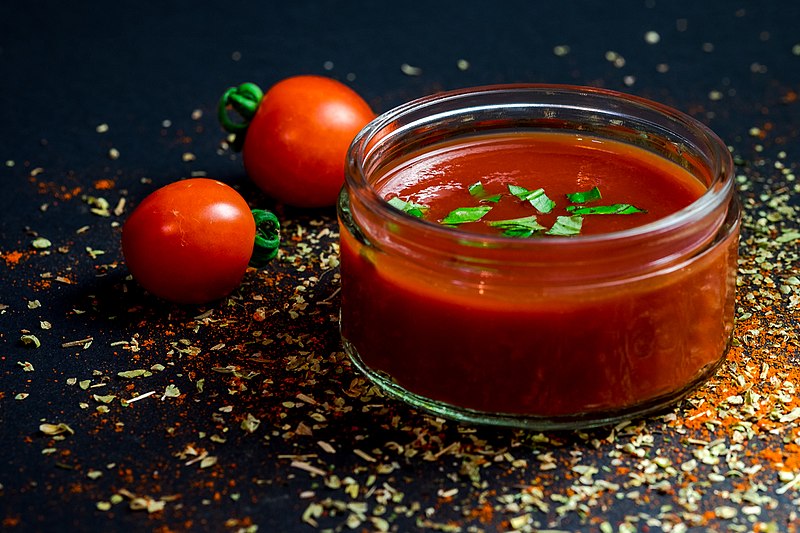
- One handful of fresh basil leaves
- One medium yellow onion
- Two cloves of garlic
- 1 kg ripe plum tomatoes
- olive oil one tablespoon
- Red wine or balsamic vinegar
The onion and garlic should be peeled and finely sliced. If you’re using fresh tomatoes, split them in half and slice them coarsely.
Preheat a saucepan over medium heat. One tablespoon olive oil and the onion, sliced
Cook for 8 minutes, or until the onion has softened and turned gently yellow.
Stir in the garlic before adding the fresh or canned tomatoes and vinegar for a few minutes.
Cook for about 15 minutes on medium heat, seasoning with salt and pepper. Rarely agitate.
Stir in the chopped basil leaves, lower to low heat, and simmer for 10 minutes.
If desired, serve with freshly cooked spaghetti, topped with additional basil leaves and a sprinkling of grated Parmesan cheese.
This article should have helped you enhance your homemade spaghetti sauce and give you some insight into the role of onions in the dishes you prepare.
You can start getting more creative in the kitchen and experimenting with finding the ideal onion for your other favorite dishes once you understand what various onions may contribute to a meal and how they complement the other components.











